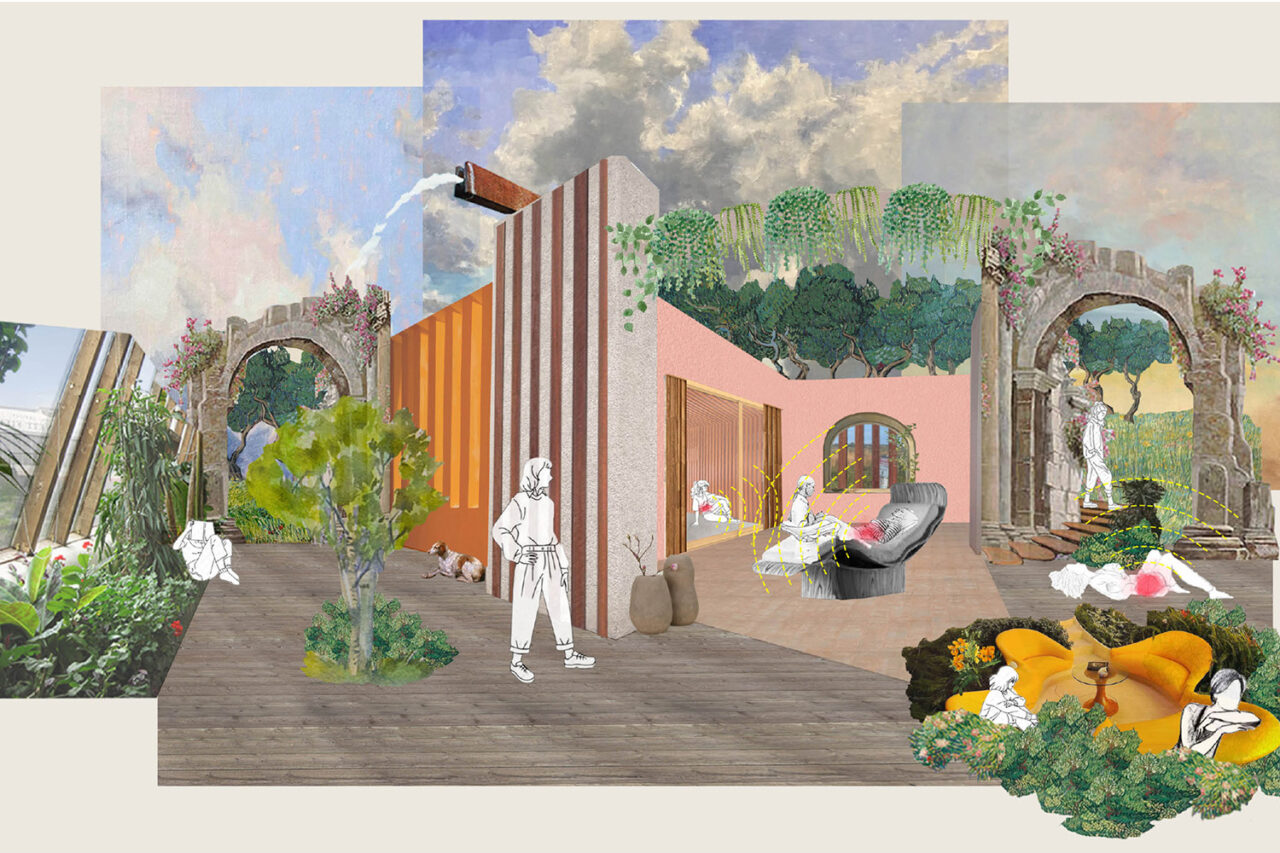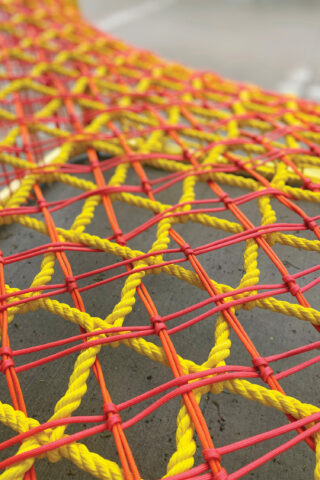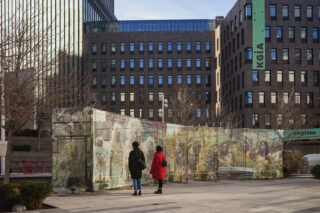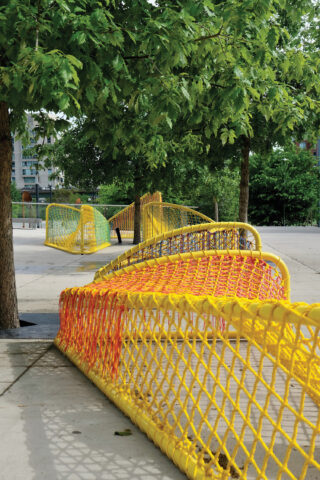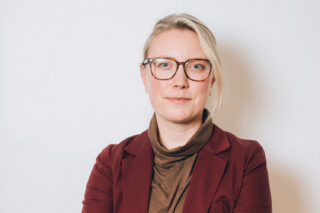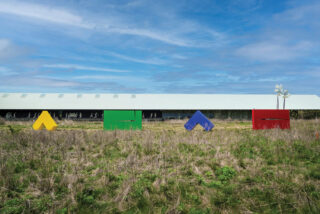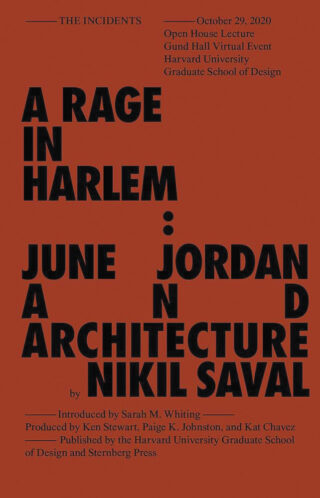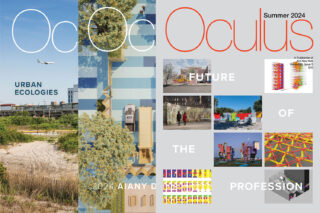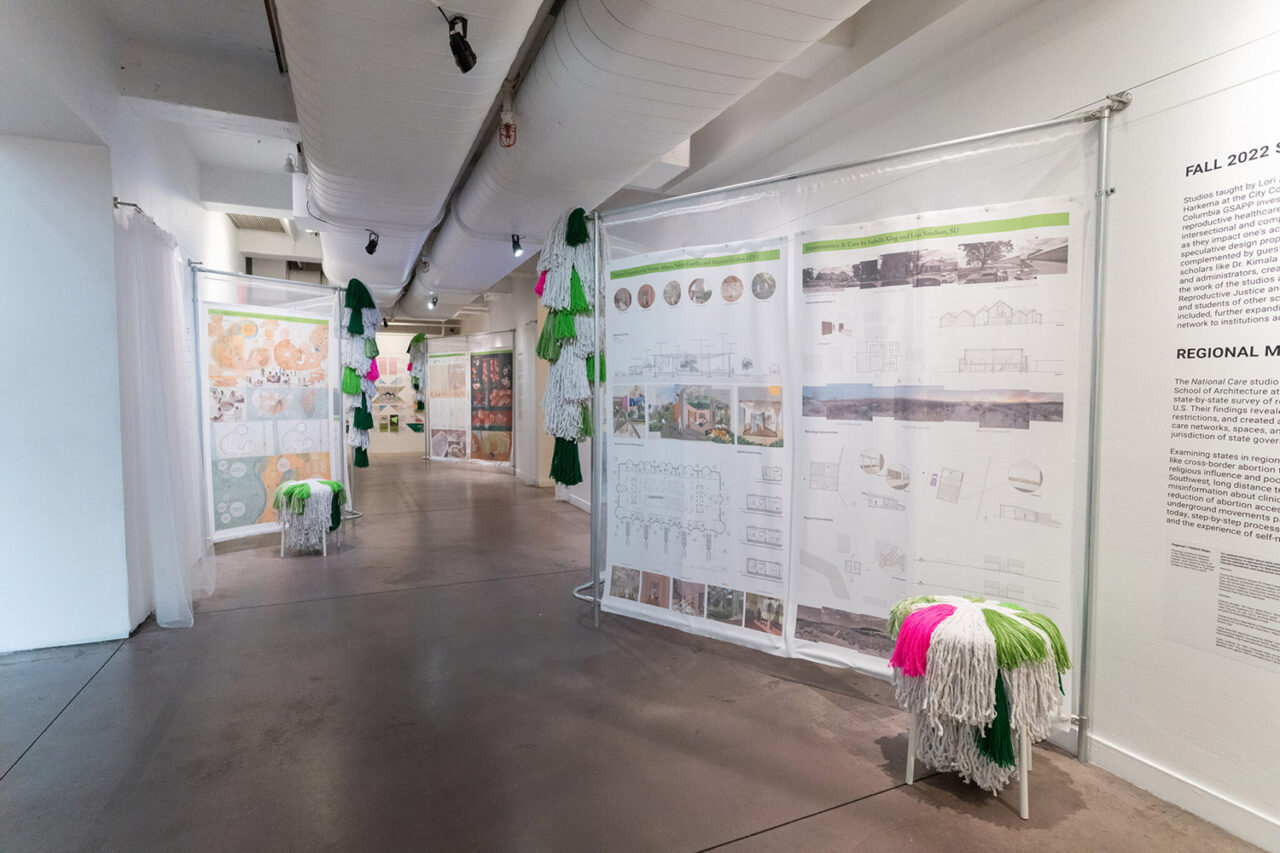
In the U.S., reproductive rights have always been restricted by race, gender, sexuality, and class inequalities—particularly for Black, Brown, and Indigenous women; trans men and nonbinary individuals; adolescents; immigrants; people with disabilities; and those with low or insecure income. Systemic racism, as well as the political influence of religious groups, has long shaped reproductive healthcare access in the U.S.
Spatializing Reproductive Justice at the Center for Architecture addresses the spatial, legal, and social logistics of reproductive healthcare access in the U.S. after the repeal of Roe v. Wade. The exhibition arrives at a time when increasing legal restrictions have deepened inequities, threatening the lives of millions across the country. Curated by Lori A. Brown, FAIA, Lindsay Harkema, Bryony Roberts, and FLUFFFF Studio, “Spatializing” aims to foster a dialogue among designers, healthcare providers, advocates, and students to explore how architects and designers can respond to and support reproductive justice in the U.S.
The exhibition originated from parallel architecture studios taught in the fall of 2022 by Brown at Syracuse University, Harkema at The City College of New York, and Roberts at Columbia University Graduate School of Architecture, Planning and Preservation. The exhibit showcases speculative student research and design work from these courses, selected independent student projects from other institutions, contemporary built projects from around the world, and a body of research investigating how the intersecting and compounding factors of race, class, and gender impact an individual’s access to care.
Spatializing Reproductive Justice presents not only designs for reproductive healthcare clinics, but also ideas for how architects can imagine new hybrids of healthcare, housing, childcare, infrastructure, and education to support autonomy and agency as people decide their own reproductive futures. Comprising most of the exhibition, student work includes research on alternative networks of care, types of birth control, sensory-material collages, and even a board game illustrating the myriad factors that may influence a person seeking an abortion in a post-Roe U.S. Realized work on view includes Planned Parenthood facilities in Queens, NY, by Stephen Yablon Architects, and in Oakland, CA, by Fougeron Architecture; and research by Jordan Kravitz, AIA, NCARB, a healthcare architect at Stantec, on laws dictating specific abortion facility regulations in 13 states. Following its installation at the Center, the exhibition will be hosted at other academic and cultural institutions across the country, incorporating additional student and professional works as it travels.
